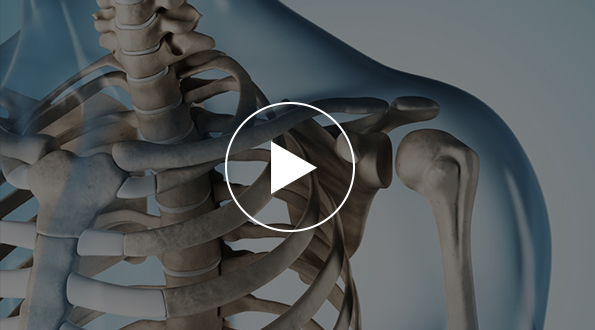
Stress Fracture – A stress fracture occurs as a result of overuse. Because of repeated overuse, the bone becomes weak and cannot absorb the shock that is put on it. It is common in the lower leg or foot and especially among athletes.
Incomplete (Greenstick) Fracture – A greenstick fracture occurs when the bone bends but does not completely break. This occurs most often in children.
Comminuted Fracture – This occurs when the bone cracks into several fragments. It occurs as a result of high impact trauma or osteoporosis.
A bone fracture causes pain, swelling and sometimes bruising of the affected area. Applied weight or pressure causes even more severe pain. A simple fracture can turn into a complex one if not diagnosed and treated properly.
Dr. Li and his staff have the skill, knowledge, and experience to diagnose and treat fractures properly. We will treat your injury every step of the way until it is completely healed. Bone fractures can be diagnosed through a physical examination and an X-ray. Immobilizing the area is often helpful in relieving pain before proper treatment begins. Treatment for bone fractures depends on the patient’s age, location and type of fracture, as well as the patient’s medical history. We take all of these factors into account when developing a treatment plan.
Simple fractures which are not complete can be treated with a cast while more complex fractures can require manipulation or surgery. After the proper treatment is performed, the rehabilitation process begins. It is important to care for your fracture while it heals. Full healing can take several weeks to several months. Dr. Lawrence Li and his staff at Orthopedic & Shoulder Center will advise you on how to care for your fracture and helpful measures you can take to ensure a speedy and healthy recovery.
 Fractures are more common in children than in adults due in part to their activities as well as their bone properties. Children, for the most part, are more active than adults. Their bone also has properties that make it more pliable than adult bone. Managing fractures in children is also somewhat different than in adults because children’s bones have growth plates.
Fractures are more common in children than in adults due in part to their activities as well as their bone properties. Children, for the most part, are more active than adults. Their bone also has properties that make it more pliable than adult bone. Managing fractures in children is also somewhat different than in adults because children’s bones have growth plates.
The growth plate is the area of a child’s bone that is made up of cartilage cells that create solid bone with growth. Fractures occur at the growth plate more frequently because it is an area of weakness. If the growth plate is fractured, the child will usually complain of pain and localized tenderness over the growth plate. There may or may not be swelling or an obvious deformity. Clinical exam and x-rays are necessary to diagnose a growth plate fracture. With certain type of growth plate fractures, the x-rays may only show soft tissue swelling and no obvious break of the bone.
Fortunately most fractures in children heal faster than adults and because future growth allows remodeling of the bone, minor displacement or misalignment will correct naturally. Many pediatric fractures can be treated simply with casting but some will require manipulation or surgery. Dr. Lawrence Li and his staff at Orthopedic & Shoulder Center have extensive experience in treating pediatric fractures from birth onward. We will do what is necessary to heal your child’s injury and restore function. Our fully equipped office with X-Rays, MRI and Therapy allows us to provide you with comprehensive care for your child’s injury.

